|
I am delighted to be awarded an Honorable Mention in the 2018 International Photography Awards for my work on content storytelling and photojournalism about Chikan Village (Jiangmen, China).
The story is about the old, tiny and sleepy market town of Chikan in China, which lies on the banks of the Tanjiang River, between the Guan and Situ, where this striking photo was taken. It is located around 25 kilometres from downtown historic Kaiping, China. When you walk along the airy and narrow lanes of Chikan, you feel a mixture of wanderlust, and curiosity. Many of the locals are old aged pensioners whiling away their retirement doing not much as the younger generation have left for the big cities to make money. Captivating image of life standing still in time. Kaiping lies on the west of the Pearl River Delta region of China's Guangdong Province. The Tanjiang River flows along it's eastern side towards the mighty Pearl River. Originally Kaiping was part of Guangdong's Panyu County when Emperor Qin Shi Huang unified China in 214 B.C. The was gradually included within the Yi'ning County from the Period of the Warring States to the Song Dynasty. Kaiping used to border Xinhui, Xinxing, Taishan, and Enping counties where crime and poverty were rife. Hence the reason why the Qing government relocated the Kaiping area west of Xinhui and to the east of Enping to establish Kaiping as a new county in the sixth reign year of Shuanzhi of the Qing Dynasty (1649). The name Kaiping stands for 'establishing peace'. The Opium War (1840-1842) which was an attack on China by the British led to serious problems of drug addiction, over population, starvation, and employment; all of which forced the inhabitants of Kaiping into social chaos. At the same time, Western countries opened their doors to allow Chinese migrant workers to add value to their economies. Mr. Xie She Do, a native of Tangkou in Kaiping, was one of the first Chinese 'coolies' to be sold to America through Hong Kong in 1839. Thus began the history of emigration to the West by mainland Chinese people. The Kaiping natives journeyed back and forth between China and their adopted countries, bringing back with them not only money and wealth but also the Western scientific, architectural, and cultural know-how, which became a significant influence on the local area. Out of these, perhaps architecture is the best example of the influence that was created here. In the Kaiping countryside, there are many unique architectural styles visible among a variety of diaolou, ancestral homes, churches, shrines, mansions, and garden villas etc. Below are photos taken from the many diaolous in Kaiping. Original hometown to one quarter of the “Flying Tigers,” the legendary group of American airmen who fought the Japanese during the Second World War before the US entered it, and a spectacular stretch of rugged land, beach, mountainous terrain, and sea, Taishan wooed my adventurous appetite so much that I have vowed to come back as soon as I can. Because of the absolute beauty of the place, the various sleepy villages around Taishan are used as location sets for movies, and TV serials that depict either period drama or the rural countryside. From my experience, these villages may even be a great set for a Western Hollywood movie! Lying around 14 kilometres offshore from Taishan City in the South China Sea are two fabulously unspoiled islands, Xiachuan and Shangchuan. The latter is the largest island in Guangdong province, and has cemented itself as the place to witness the most spectacular blissful sunsets and sunrises in the region. The island is also famed for being the place of death of St. Francis Xavier, the renowned Roman Catholic missionary. Shangchuan was one of the first bases established by the Portuguese during their colonial expedition in south China. Both islands are dotted with miniature fishing villages, and if you are adventurous enough you may even get close enough to befriend some of the local fishermen and spend a couple of hours out at sea with them on a fishing expedition. Indeed, to capture the catch of the day, go to the morning fish market on the Wangfuzhou beachfront on Xiachuan Island. The fishing boats start arriving at around 7.30am everyday. Opened in 2003, the relatively new Gudou Hot Spring Resort is a particularly impressive place. Situated in the rural outskirts of Jiangmen in China's Guangdong Province, the vast resort is a beehive for those who want to escape the bitterly cold winter and indulge themselves in hot springs. From a distance it may look like a replica German castle with it's bell tower sticking out of the tree tops, however on a closer look it actually resembles a very greased up Chinese-style high end resort. With it’s own man-made beach, lake, and a collection of three luxury hotels with over 700 rooms and suites in total, and not to forget the numerous hot springs dotted around the resort, the resort is one of the largest in mainland China. Hot springs and resorts are very popular in the winter months in China because not only they provide a respite for those seeking to get away from the surroundings of their cold homes (note: many Chinese homes are not equipped with Central Heating...especially not in Southern China), but also because they provide the chance for a mini-vacation for the whole family. Gudou Hot Spring Resort is aimed at the high end market. Although the three hotels within the resort provide a similar architecture, they each have a different feel to them, and suit what hoteliers would like to class as 'different trip purposes'. The rooms throughout the resort have a 24-hour service, free wired and wi-fi internet access, safes, minibars, tea and coffee facilities, and complimentary his and her's branded slippers and bathrobes to be used while at the hot springs. The design of the rooms is a mixture of traditional Chinese in one hotel, and traditional Japanese style in another - think dark floors, neutral spacious decor, and tasteful throws on the comfortable and generously large double beds (single beds can also be asked for). It naturally serves as an after-work or during-vacation resort of reflection for overburdened locals. For foodie loves, the resort offers endless opportunities to tuck into whatever tickles your fancy. There are not many hotels in Jiangmen that are this good and in fact the Gudou Hot Spring does stick out because of it's spacious surroundings that it offers to its guests. It's a pity that such as beautiful and outstanding property does not host many non-Chinese visitors, so if you are going to go then please go with a Chinese-speaking friend/colleague (unless, of course, you can speak Mandarin). Authentic Cantonese Cuisine
In and around the Jiangmen Greater Area are Tombstones (Huang Zhu Keng) erected in memory of those Overseas Chinese who left Jiangmen, however sadly they never managed to return to their homeland. The Tombstones were erected by the local residents as a memorial to honour their sacrifice for their homelands. Many of the deceased had no family members to give them a proper funeral, so therefore a charity was set up by the local people to give them the respect. Every year, during the Tomb Sweeping national holiday (Qing Ming festival), many Overseas Chinese people come back to pay respects to the deceased at these tombs in Jiangmen. Neatly located on the lower reaches of the Xijiang or West River, in the west of the Pearl River Delta, and about an hour’s drive away from Guangzhou, is the historical city of Jiangmen. With an area of around 9,300 square kilometres, and a population of only 4.5 million people, the region enjoys a laid back air of tranquillity compared to the hustle and bustle of, say, Guangzhou. It is quiet, however not unpleasantly so – in fact, the stillness enhances what few natural sounds there are to help create the perfect escape from reality. Jiangmen is affectionately known as Wuyi, meaning the land of five counties. By all means Jiangmen is without doubt a quintessentially Chinese city which, despite China’s rapid expansion, has not lost its quieter cultural experience. Lying on the banks of the Tanjiang River, between the Guan and Situ family memorial libraries is the old, tiny and sleepy market town of Chikan. It is located around 25 kilometres from downtown Kaiping. When you walk along the airy and narrow lanes of Chikan, you feel a mixture of wanderlust, and curiosity. Many of the locals are old aged pensioners whiling away their retirement doing not much except looking after their cats, or busy drying fresh fish and vegetables. The beauty of living in a place such as Chikan is that people live here in a similar fashion to how they may have lived 350 years ago when the town was founded as a fish market. The area is hugely popular with film makers, with movies such as Drunken Master II, Story of Hong Kong, and Wang Kar Wai’s martial arts epic, ‘The Grandmaster’ were all filmed on location at Chikan. A week's press trip took me to the southern Chinese city of Jiangmen (in Guangdong Province). Jiangmen is the ancestral hometown of many Cantonese expats who live in Western countries. In fact, Jiangmen people are proud to claim that the first Chinese migrants to Western countries (esp. Canada, U.S.A, and Malaysia) came from their hometown. These Chinese migrants set up the first Chinatowns in the Philippines, US, and Canada, and later set a trend for Chinatowns around the world. I also managed to explore the nearby areas of Kaiping, Guifeng Shan, Gudou Hot Spring, Xiachuan Island, and Taishan (photos to follow soon). Article on Jiangmen in Nihao - in-flight magazine of China Southern AirlinesWhile the world's media commented on how destructive typhoon Usagi was; in Shenzhen and Hong Kong it hardly felt as if a typhoon had arrived. There was plenty of rain and wind, but nothing compared to what one may define as a typhoon. Usagi - which means rabbit in Japanese - had produced winds of 165 km/h (103 mph) as it closed in on China's densely populated Pearl River Delta. Sadly 25 souls lost their lives in Guangdong Province (including 3 sailors who went fishing from Xiaoshan Island near Taishan - but never returned and were never found). What the media failed to mention to the world is that Guangdong Province is not tiny as they made it out to be. It is just over 2/3 the size of the U.K. (Guangdong Province is 177,900 km² and the U.K. is 243,610 km²), and so when the media mentions that typhoon Usagi hit Guangdong Province, in fact it did not hit the whole of the province but a portion of the province that is close to the sea (very close to the southern part near Hainan Island, and towards the Vietnam Border). Thankfully there was minimal damage in Shenzhen, and Hong Kong. I live in Futian District, and there was hardly any damage done, and no floods. In fact, a thunder storm which we experience about 2 weeks ago was worse than the weather we experienced last night |
Get in Touch:LIFE MATTERSHere I share my thoughts
and experiences during my travels, and how some things have affected my life as an expat and world traveller. Travelling is about capturing that moment in life. Every word, view and opinion on this page is that of Navjot Singh - except where indicated. The most recent is at the top. Scroll down to read the archive. Or search using CTRL+F (COMMAND + F) and enter a keyword to search the page. Just some of the stories you never heard before. The NAVJOT-SINGH.COM web blog is separate to this web site....Click blog, which may not be visible in some countries due to local firewall restrictions, so in those cases this weblog may be read. The weblog also includes some of my press trip reports- most of which are not published on the official blog because of copyright issues. The weblog also contains articles that may be associated directly with a PR trip for a country, airline or a hotel. These are PR reviews done in relations with various companies. If you are an investor or a trend watcher then you may find this website useful as investing has a lot to do with personal observations and finding the ideal trend or next big thing. The average human on the street frequently knows far more about the state of the economy than politicians, university professors, subject matter experts, and financial analysts who seldom travel, or if they do so, only from one hotel to another hotel! The pulse and vibrancy of an economy is nowhere more visible than on a country's streets. All photos and words are © Navjot Singh unless stated. Photos taken by others or by agencies are appropriately copyrighted under the respective name. No photo or word/s may be taken without the prior written permission by the author (i.e. Navjot Singh). All Rights Reserved. Archives
April 2024
Categories
All
|
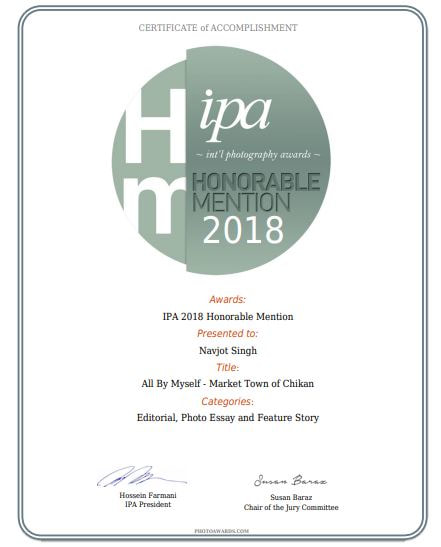

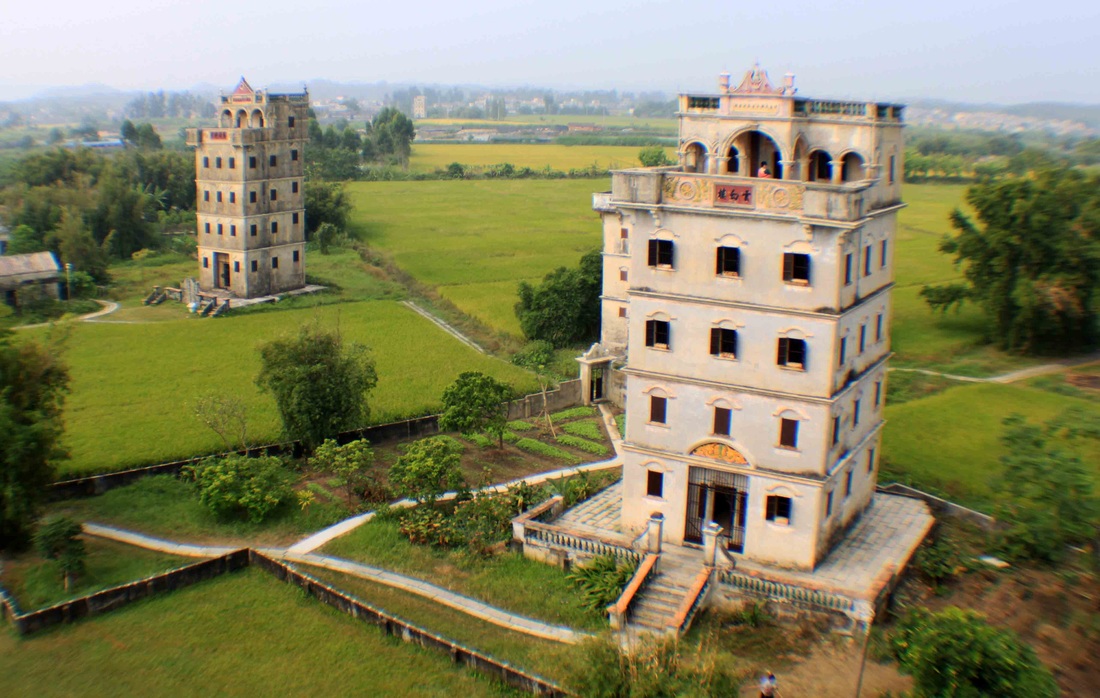





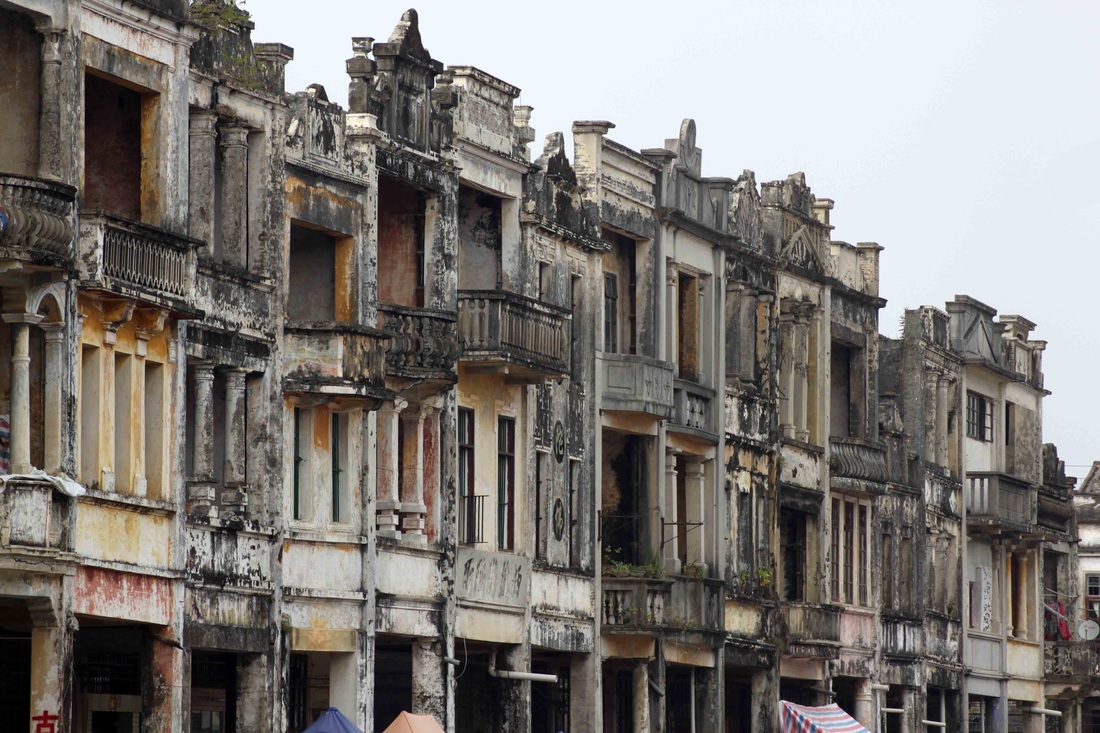





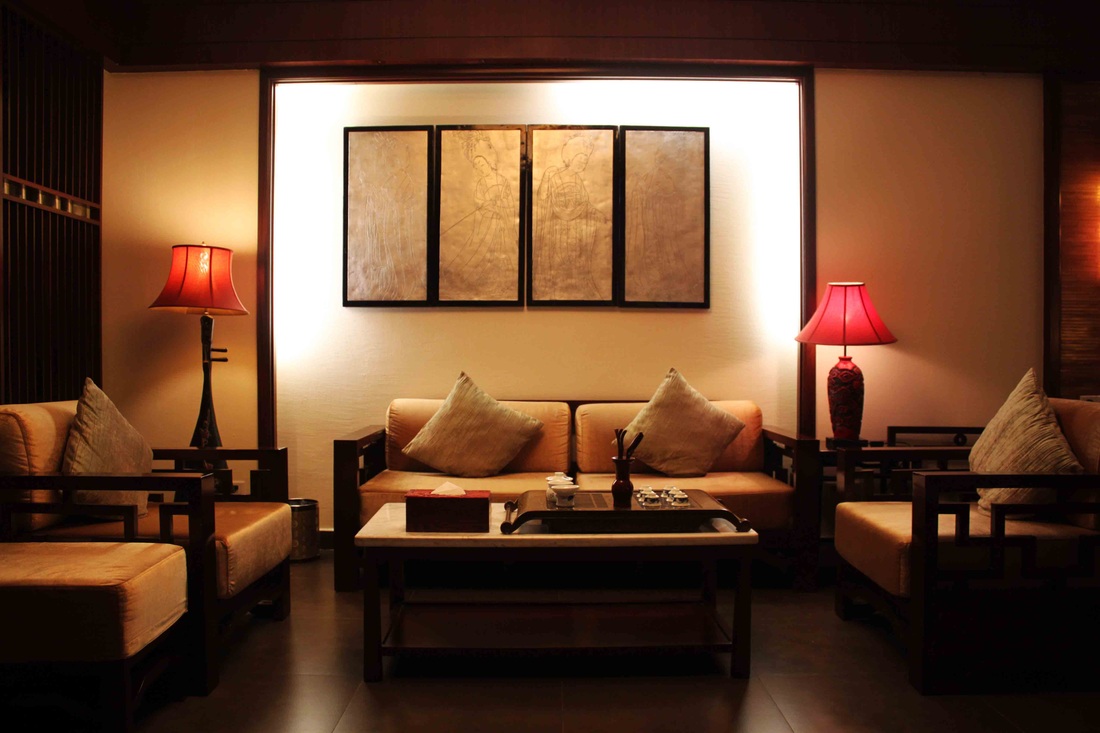








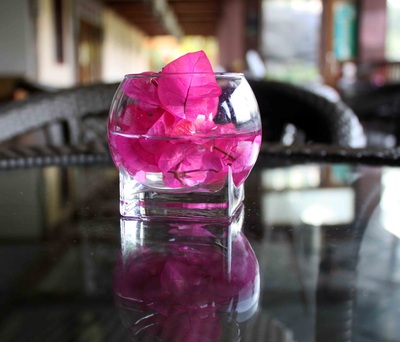


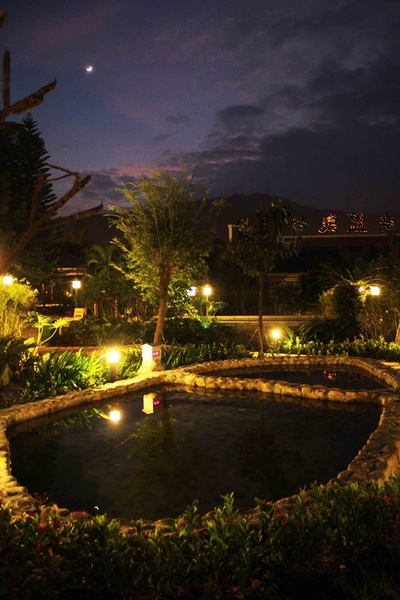

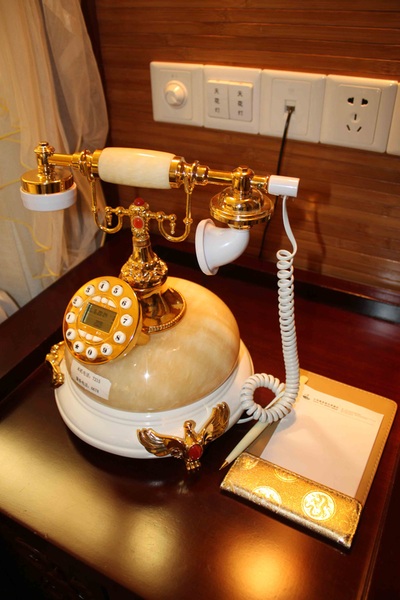



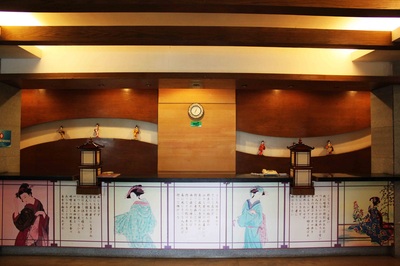











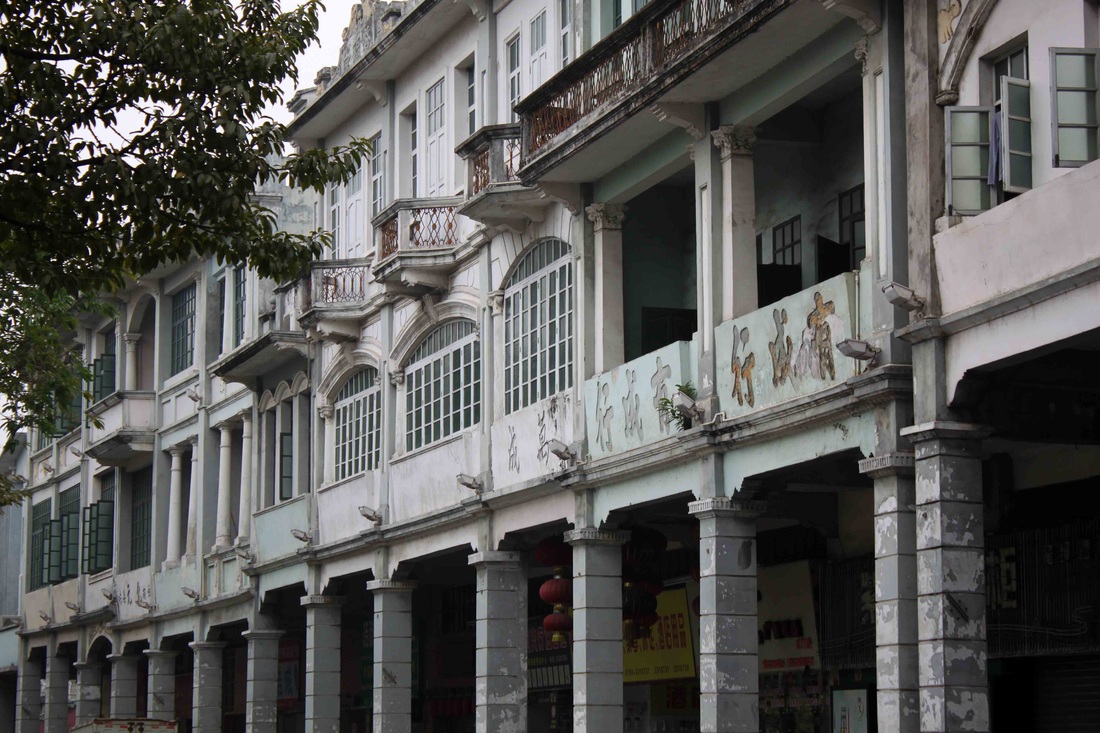




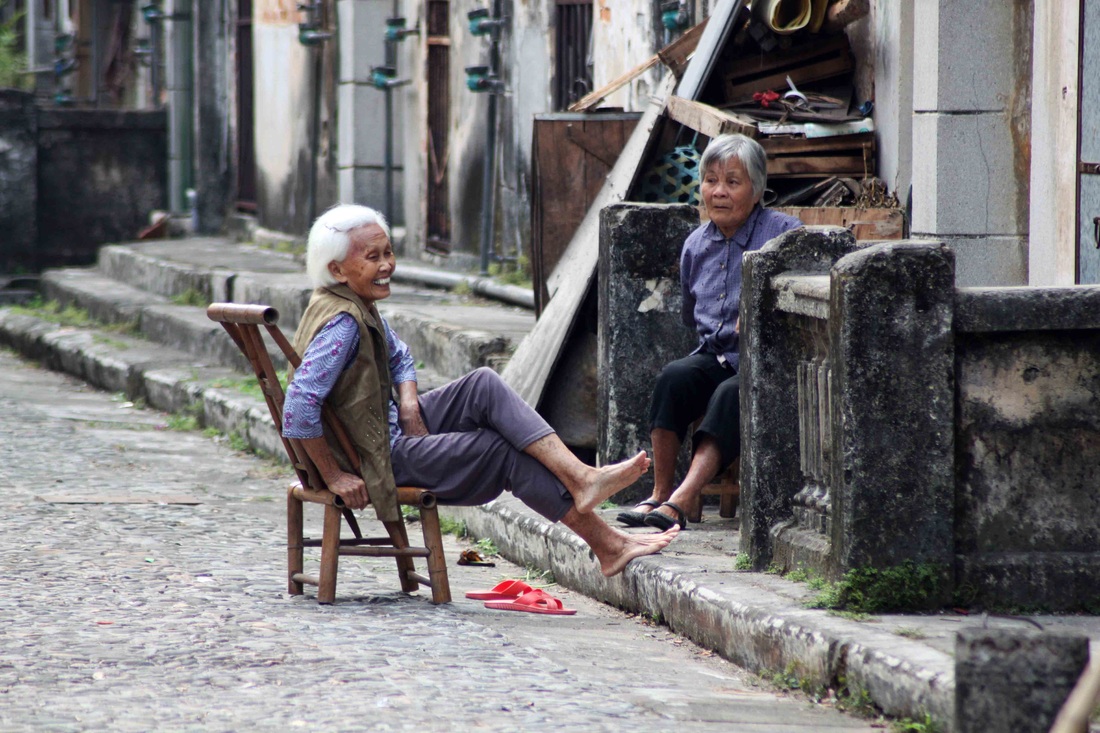






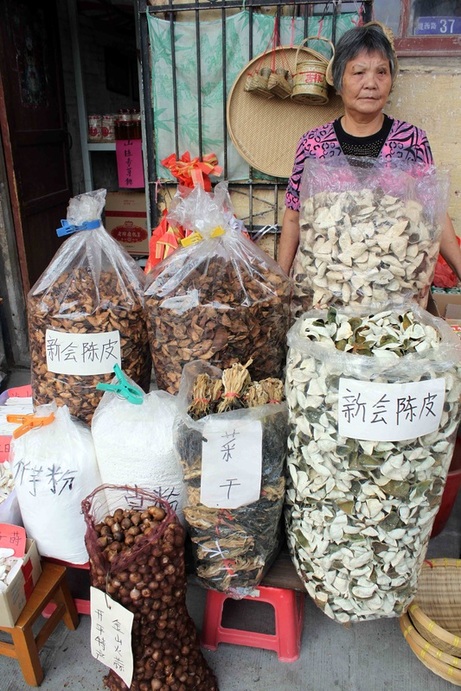



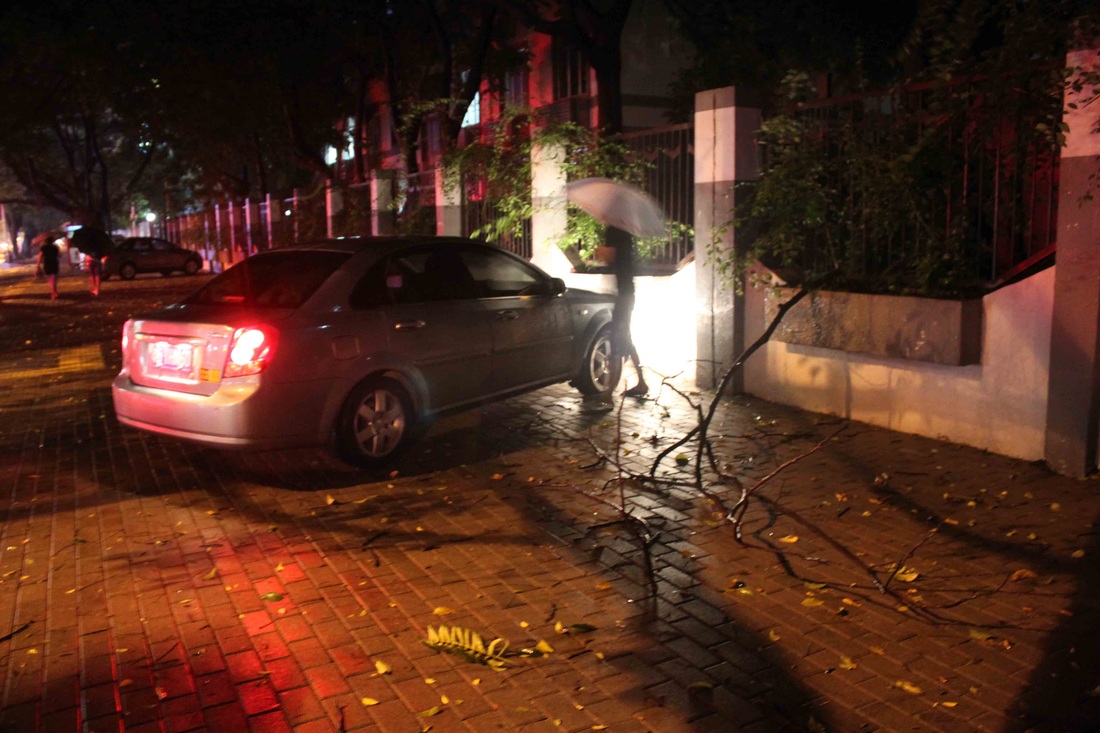
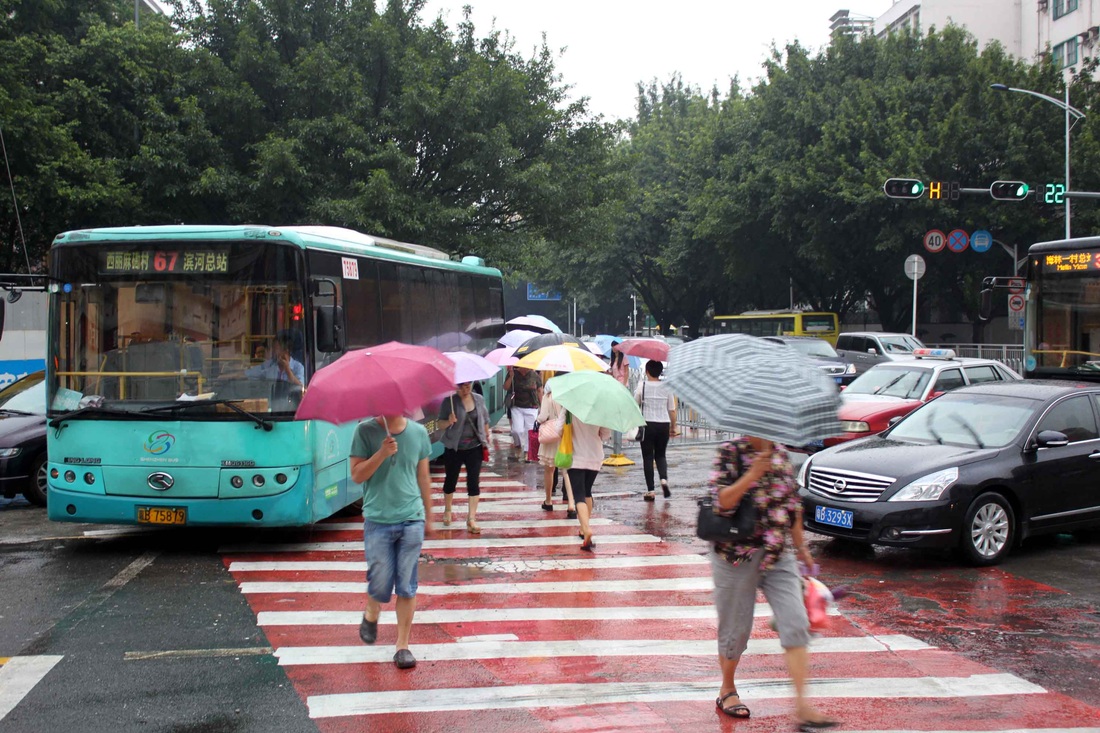
 RSS Feed
RSS Feed







